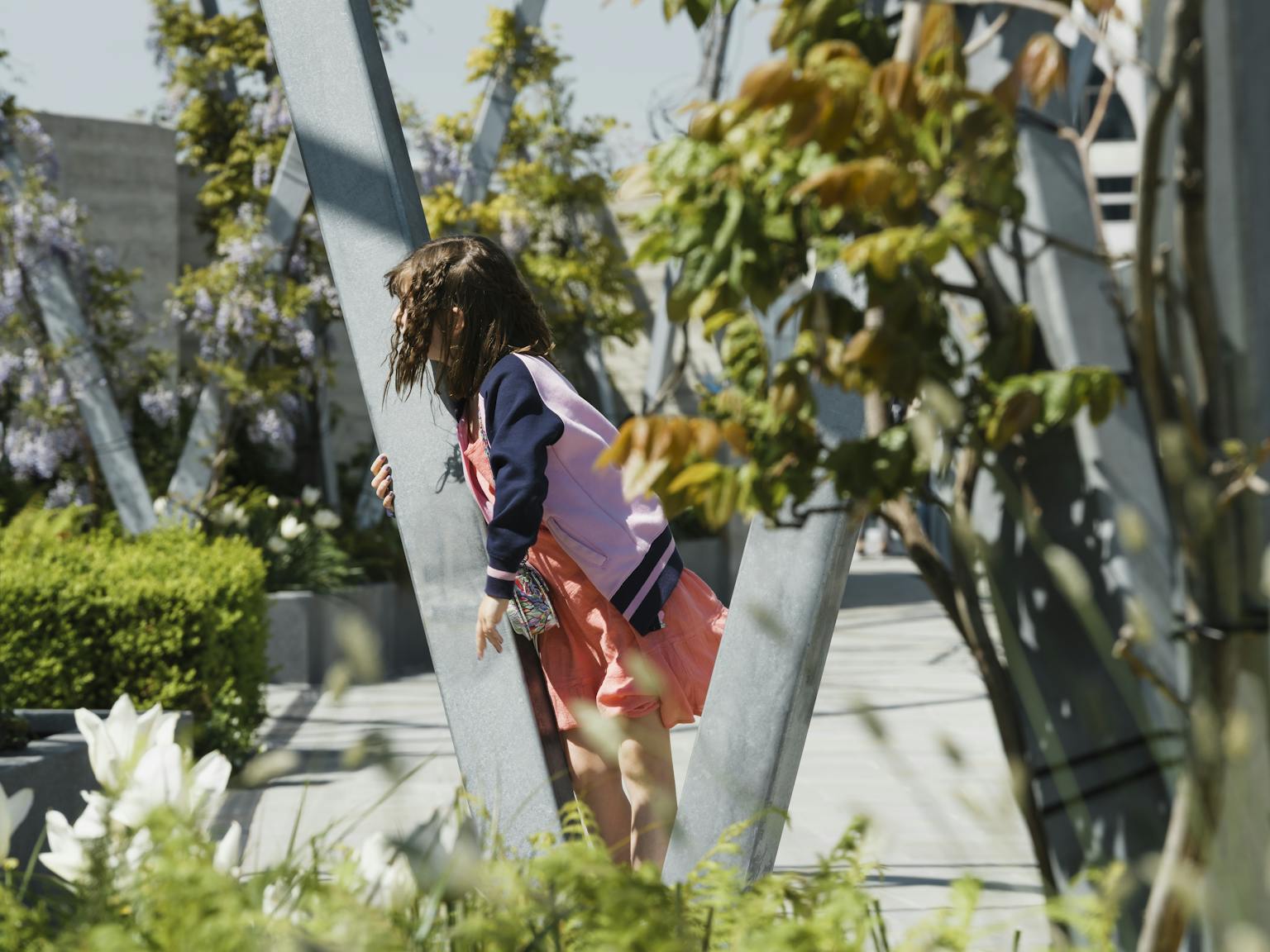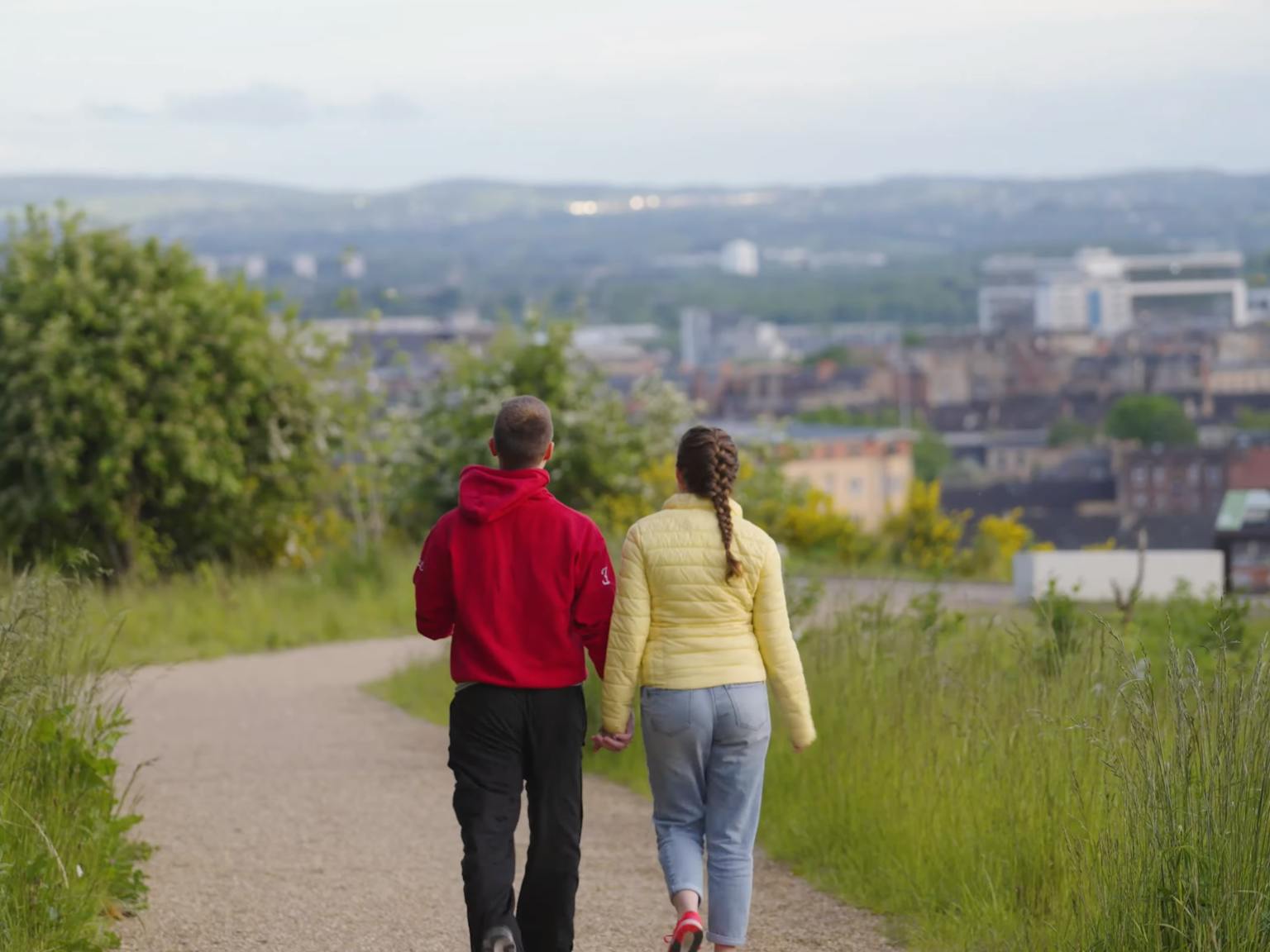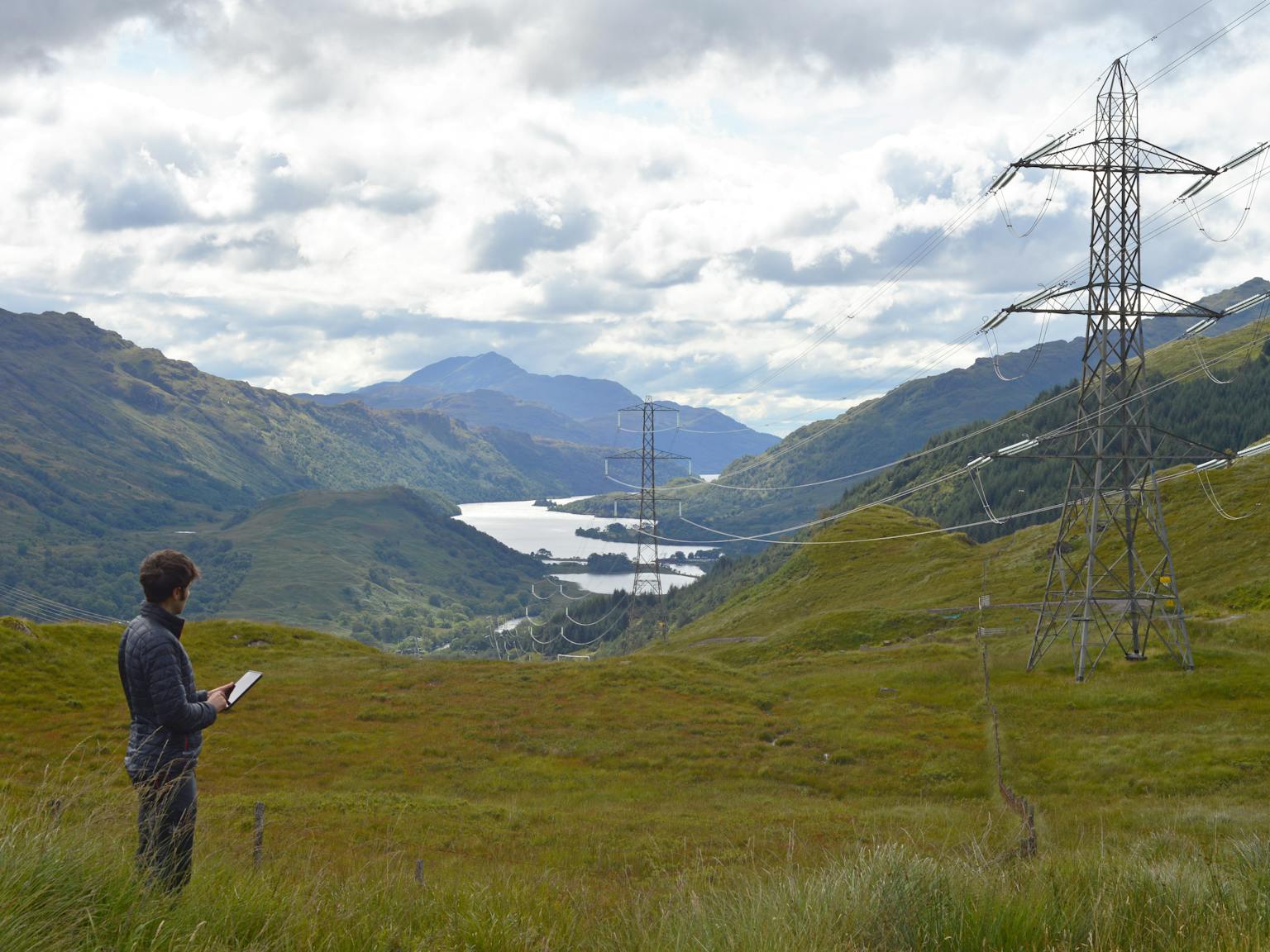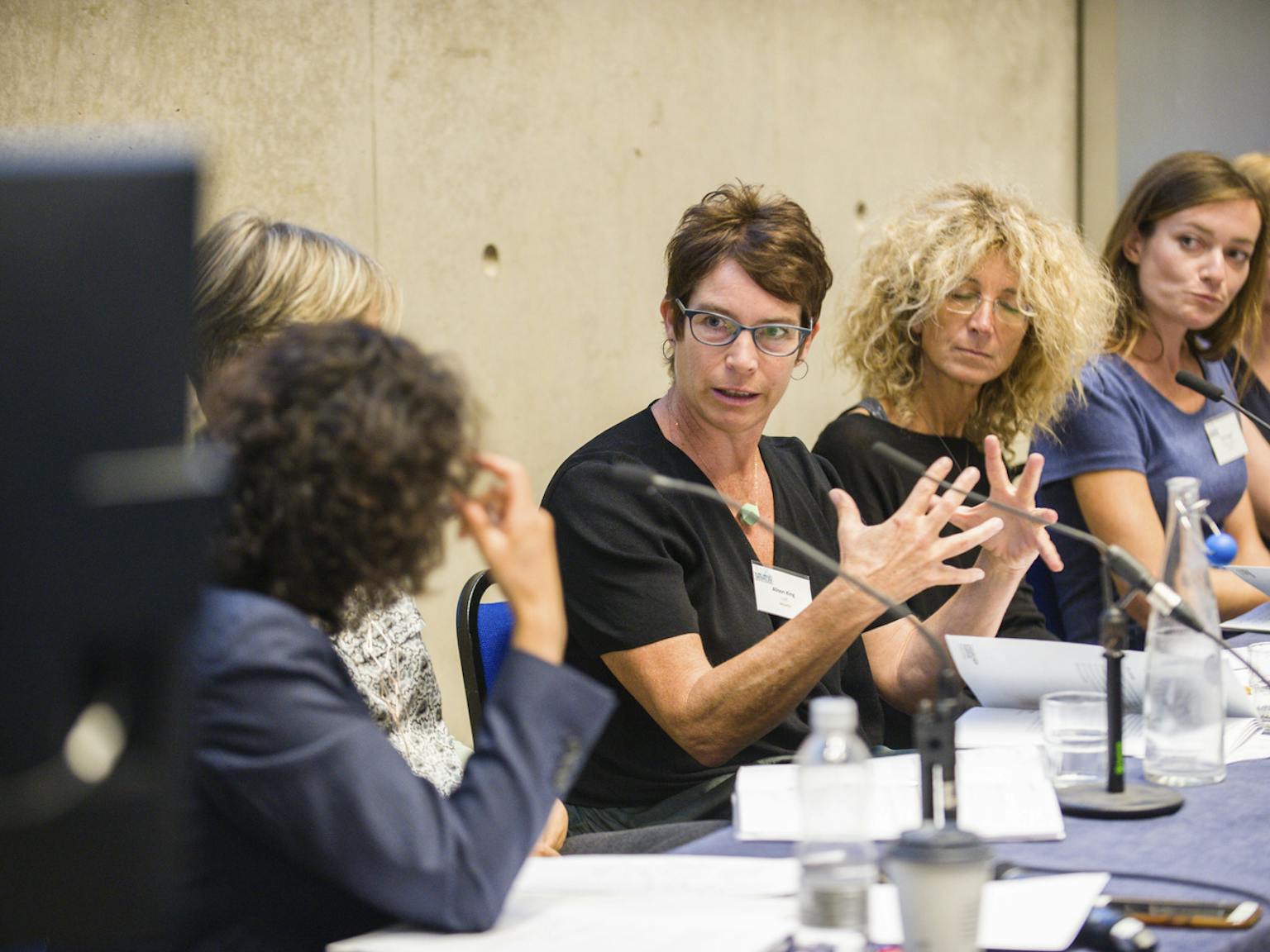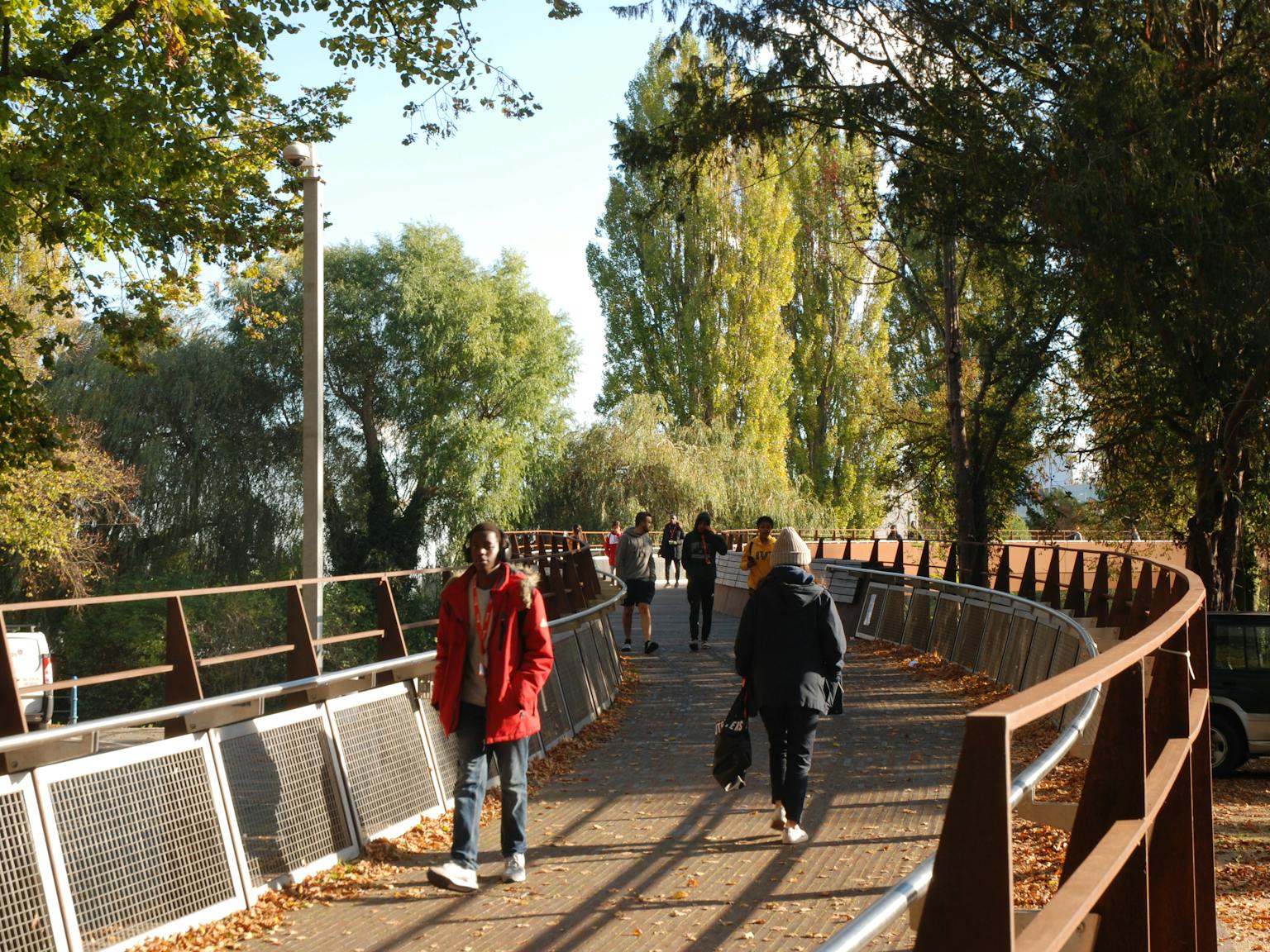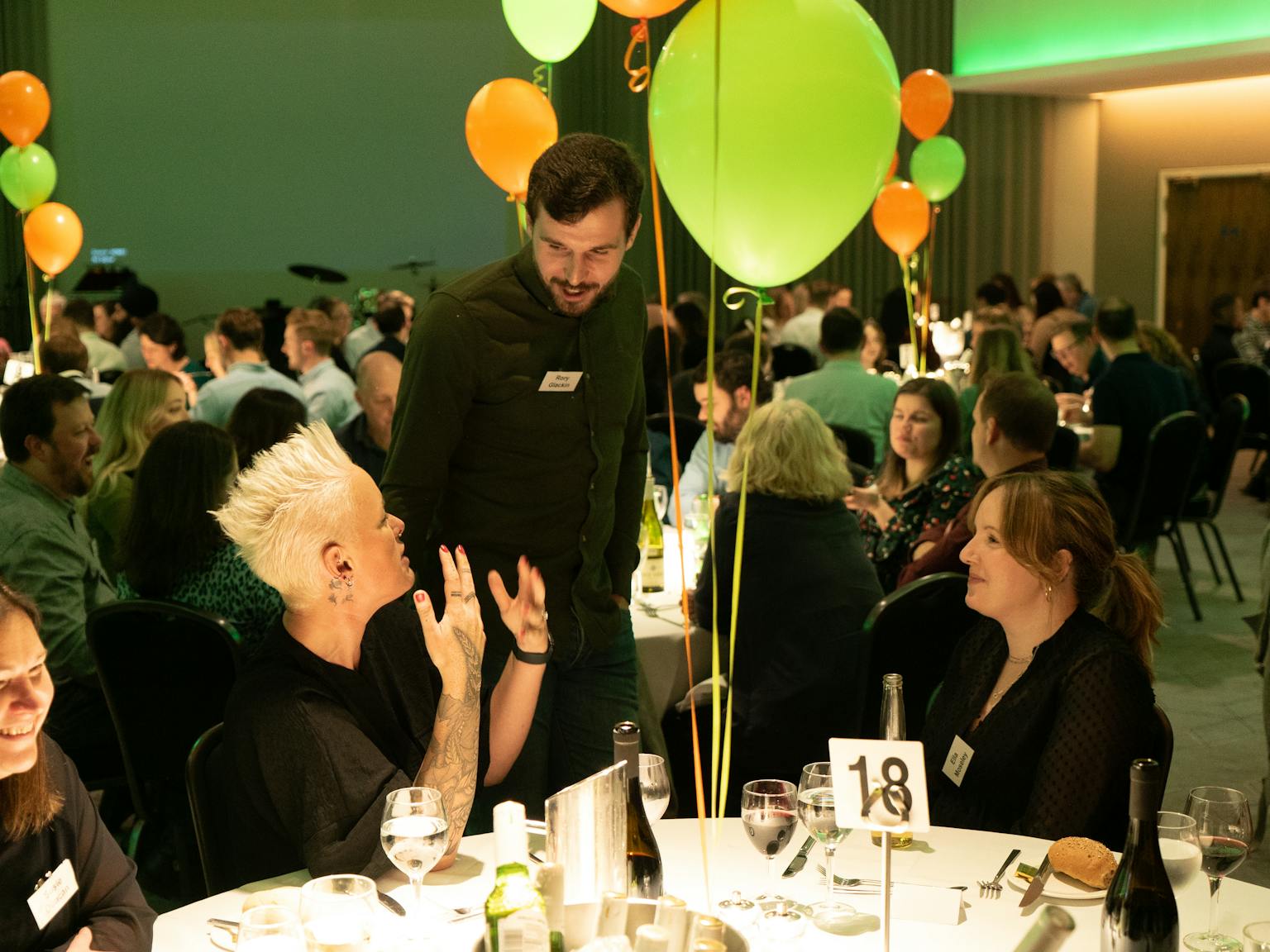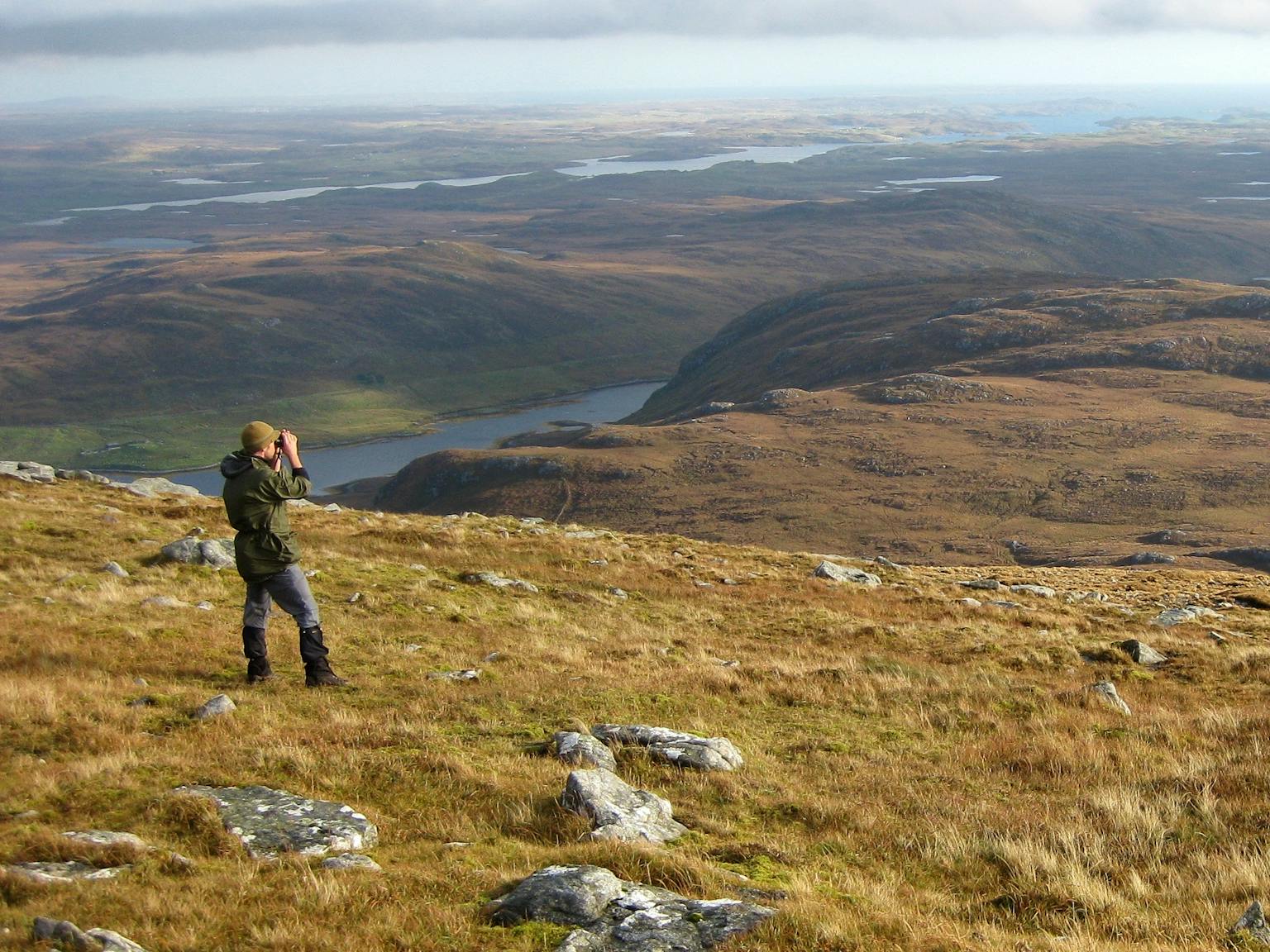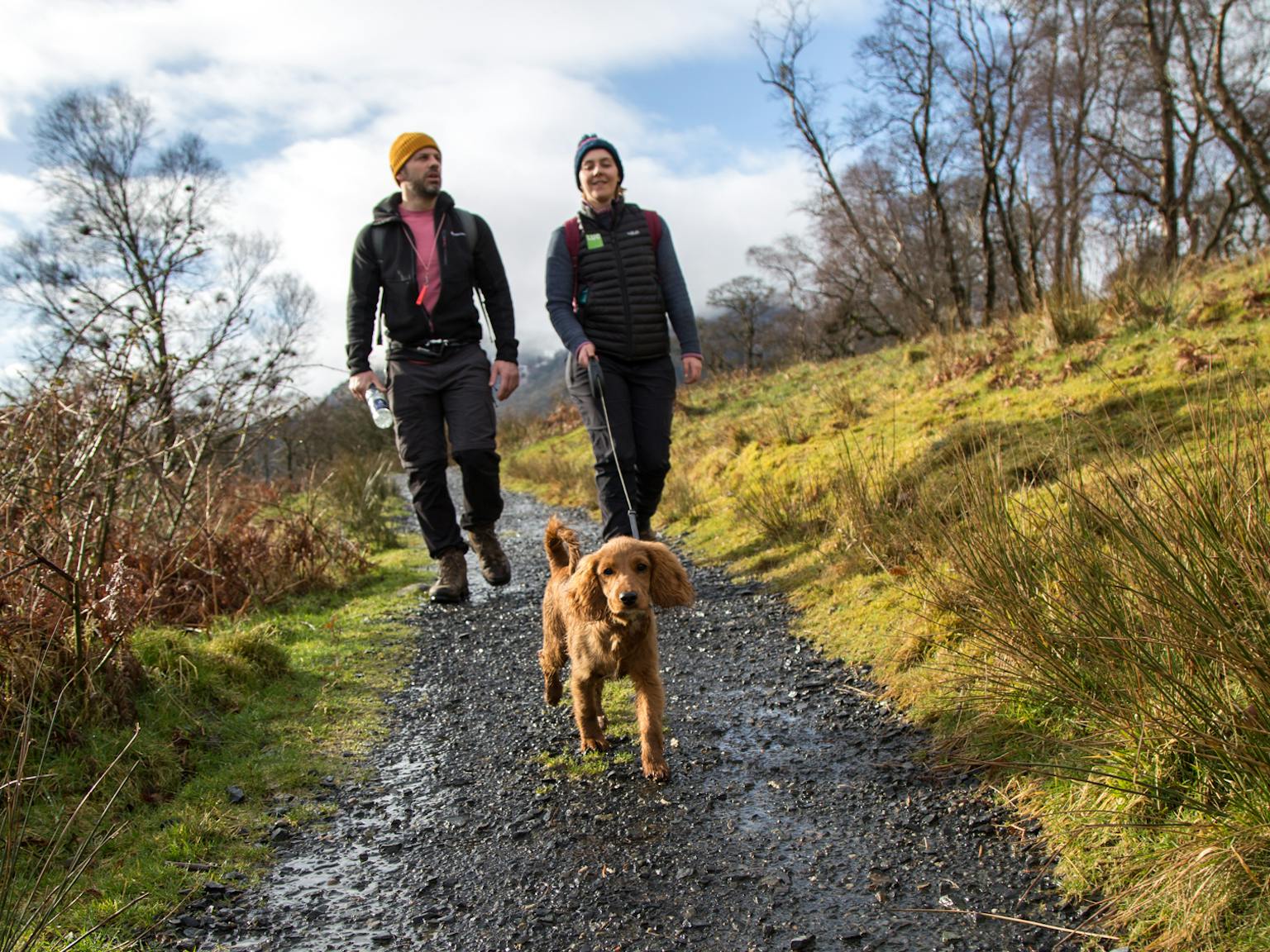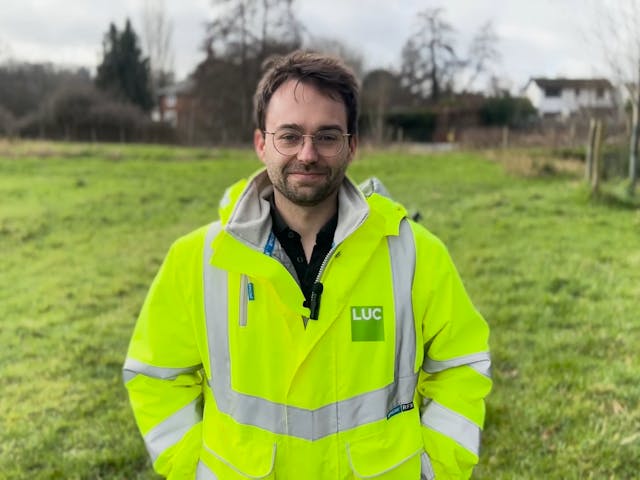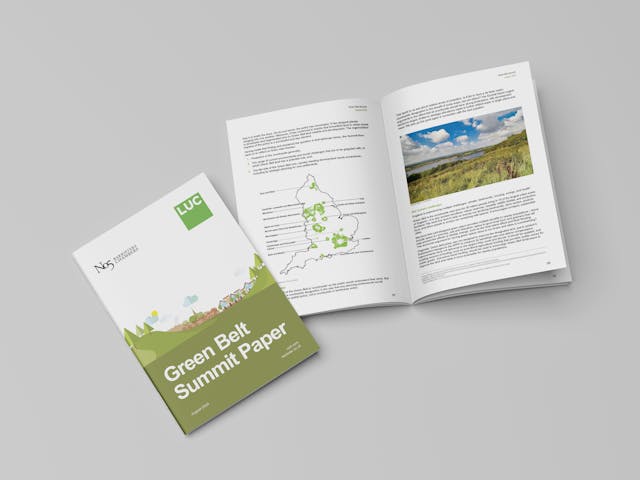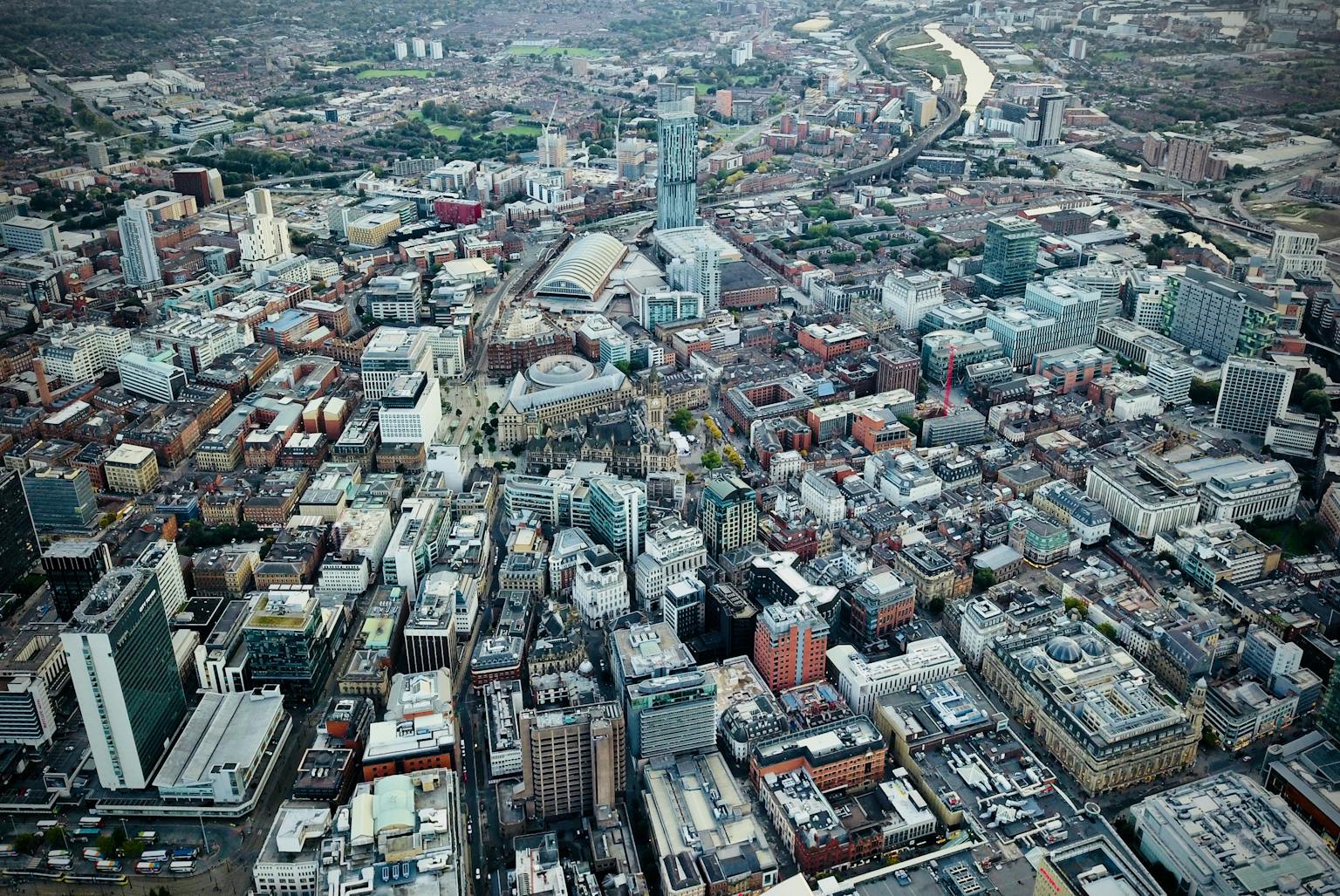
Urban design in Manchester: Exploring planning opportunities and challenges
In our previous article, we discussed how urban design can be used to make cities healthier, more resilient, and more sustainable. In this article, Tom Jonson, our Director of Landscape Architecture, focuses on Manchester, exploring its public realm and planning opportunities and challenges. LUC opened their Manchester office in 2017 and many of our staff live in and around the city.
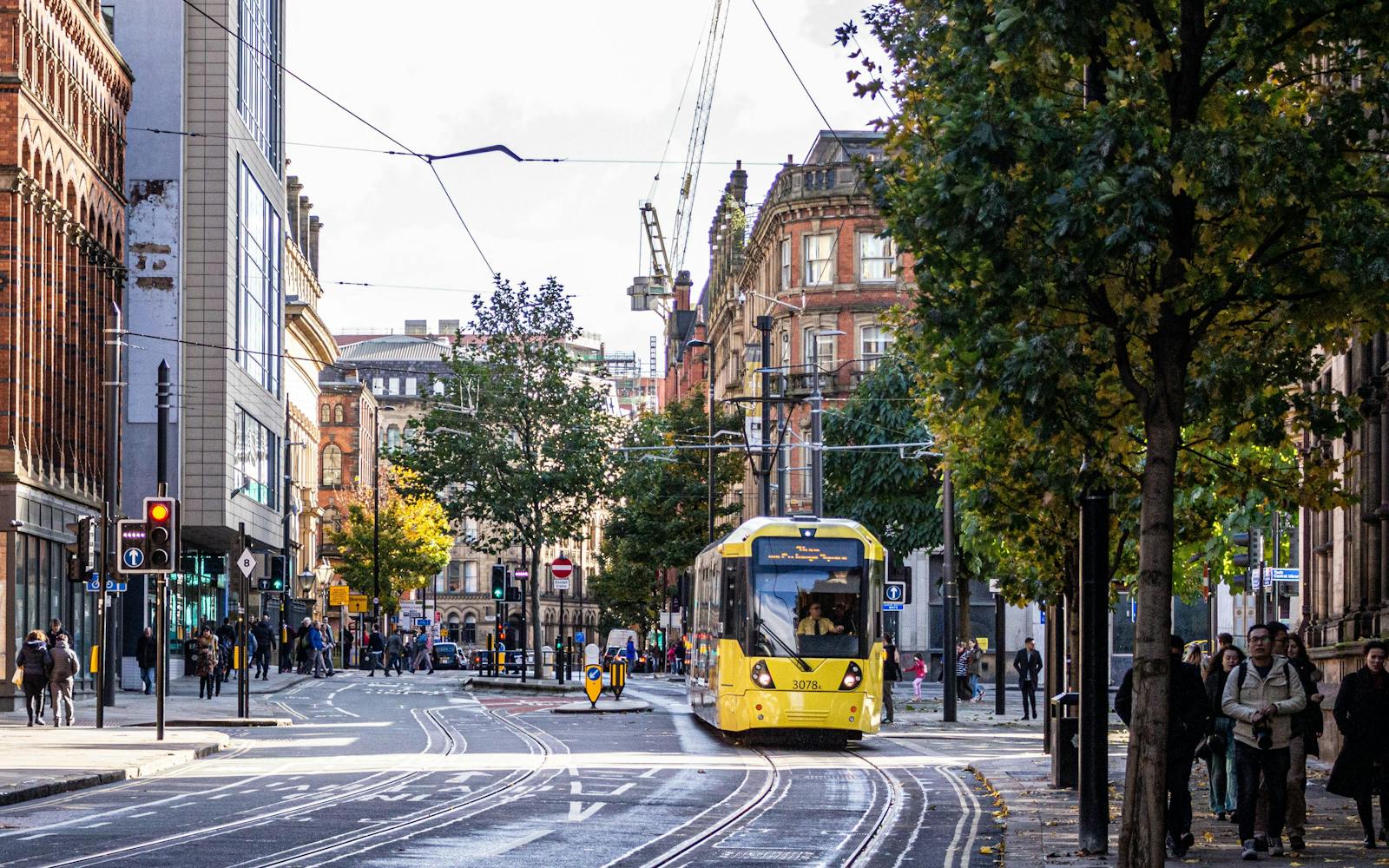
Manchester’s history
The city of Manchester’s population and industry exploded during the Industrial Revolution, powered by it becoming the global centre of the textile industry. Its proximity to overseas cotton imports and the influx of workers seeking textile employment fuelled this ad-hoc urban expansion, primarily in the 19th century. These developments placed Manchester firmly on the map as the world’s first industrialised city.
Manchester's urban development, however, was a haphazard, unplanned reaction to the influx of workers demanding housing and jobs. Housing was built quickly and cheaply with little consideration for recreation, open spaces, or basic civic amenities. Local government was under-resourced and chaotic and failed to prioritise spaces for leisure.
Modern Manchester
Modern Manchester no longer depends on industrial manufacturing and is now a flagship of urban regeneration, boasting the UK's third-largest metropolitan economy. It is one of the fastest-growing UK cities, with an expanding city centre population seeking access to green spaces. However, while Manchester City Council is actively planning and investing in public realm and open space development, many urban design opportunities remain unexplored.
Despite recent infrastructure investments, including an integrated public transport system and the Metrolink light rail system, several challenges persist. Compared to other large cities like London and Sheffield, Manchester still lacks green spaces, particularly parks. Most civic spaces are hard, limiting residents’ access to nature, a concern highlighted during the pandemic. Road traffic continues to dominate the city centre, and public spaces are perceived as inferior to those in other European cities, such as Copenhagen, which has been recognised for its commitment to sustainability, social inclusion, affordable housing, and economic development.
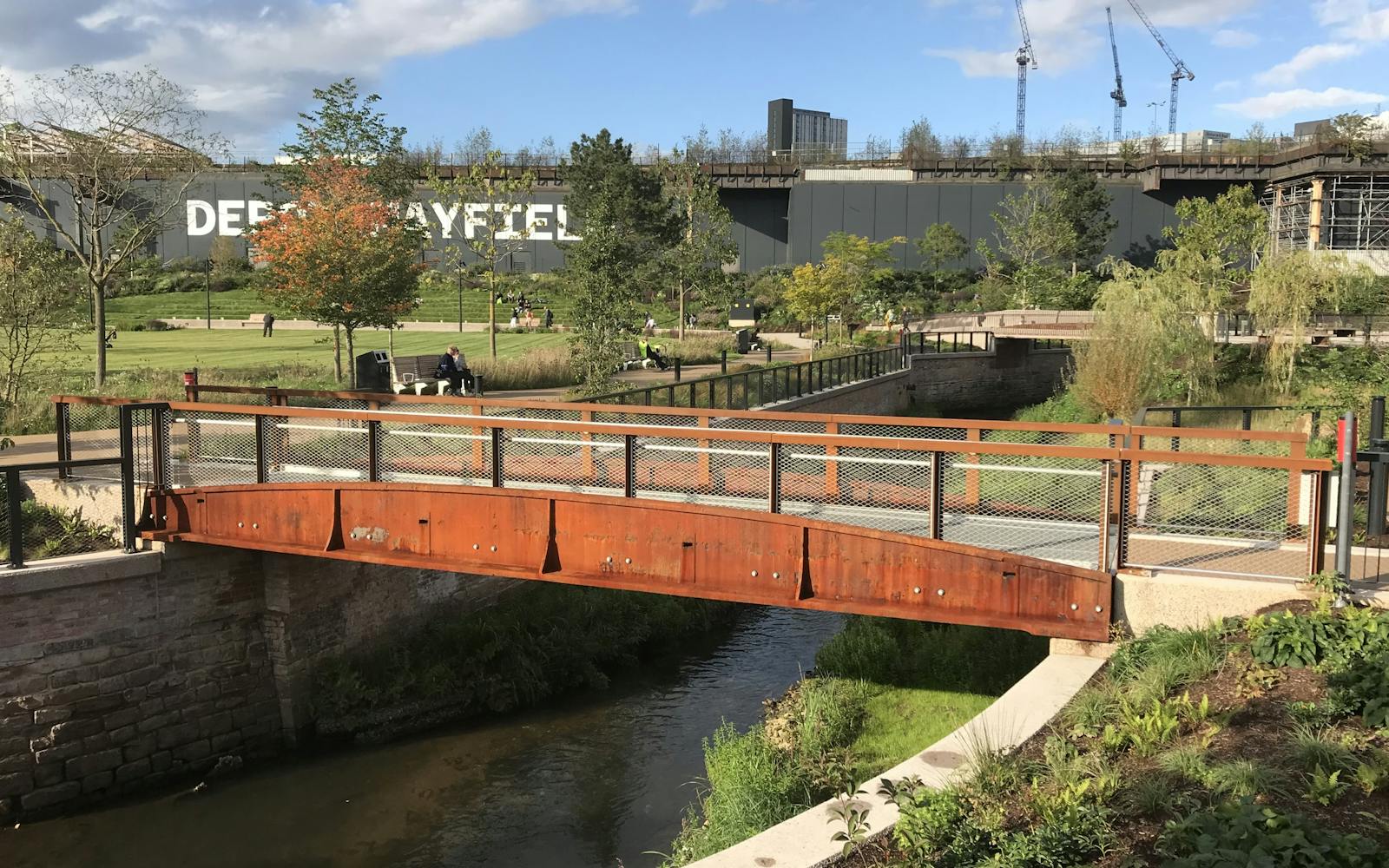
Movement around Manchester
There is a need to improve pedestrian connectivity and wayfinding in the city. While Manchester has a general lack of public open space compared to other European cities, its existing external spaces are often disconnected. To design successful urban neighbourhoods, it is necessary to consider improved connectivity, important destinations, and alternative modes of transport. Understanding how and why people move about the city and how these movements impact social, economic, and environmental objectives is vital for modern city life. Movement needs to be made easier without encouraging car travel.
It is often taken for granted, both by residents and designers, that city streets belong to vehicles. But this myopic view can be damaging – it means that our most vital and extensive public spaces in the city are underutilised (i.e., only used for one purpose) when they could be repurposed in more positive ways to improve the quality of life for the city’s inhabitants. Well-designed, good-quality streets and public places that are connected and ease movement have positive outcomes for residents and businesses. More people are encouraged to walk, which improves mental and physical health and increases footfall for retail. This improves the economy, enhances social well-being, reduces carbon emissions, and enhances climate change resilience through the adoption of nature-based solutions.
The key to improving cities like Manchester is to take a strategic, holistic, long-term approach to planning interventions. New developments should be well-connected to the rest of the city, otherwise, their potential will not be realised, and the needs of nearby residents will not be met. Manchester City Council is working to develop open spaces and streets that meet the needs of residents and that contribute to their overall well-being. Planned improvements to Deansgate, which aim to transform it from a traffic-dominated environment to one that puts sustainable transport first, are a good example of this. However successful urban form depends on ease of movement, connectivity, green infrastructure, and making green open space provision a priority in planning decisions.
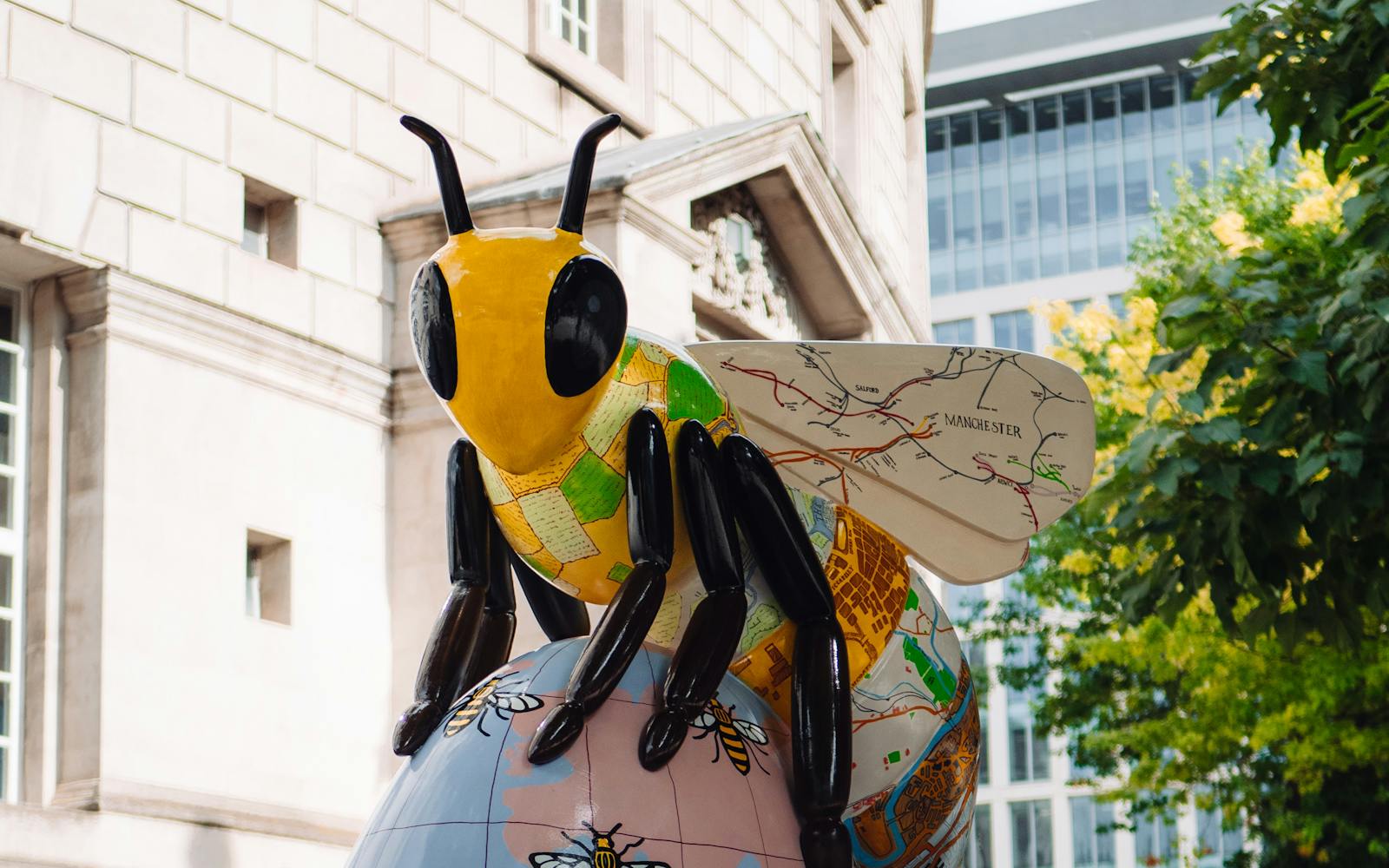
Manchester’s progress
Manchester is making progress in improving its urban environment. In 2022, the city opened Mayfield Park, its first new city centre public park in over 100 years. The 6.5-acre park along the River Medlock offers residents access to meadows, open greens, adventure play areas, and ecological areas.
The city has also launched its Bee Network – an integrated transport network of bus, tram, cycling and walking routes. The network aims to bring all city transport together under local control and encourage greener ways to travel.
The network includes franchising bus and rail services, investing in electric vehicles, making public transport travel more affordable, using technology for smarter travel and traffic flow, investing in greener, safer walking and cycling routes, a bike hire scheme, and reducing air pollution with clean air plans.
To ensure Manchester's continued and successful growth, movement through its improving public spaces should be a key driver to connect city fringes to its core. This can be achieved by improving city centre connectivity, increasing public access to open space, prioritising tree cover and green space in the city, and ensuring planning for these public spaces is strategic, long-term, and responsive to the interests of residents and businesses.
Additionally, Manchester can learn from other successful UK city greening initiatives, such as Connecting Leicester and Sheffield's Grey to Green. Boldly emulating these initiatives would not only make Manchester a more liveable and sustainable city for its growing city centre population but also attract new businesses and residents, further fuelling its growth and success.
How can we help? LUC offers a range of services including urban design, green and blue infrastructure, masterplanning, public realm strategy, placemaking, and strategic ecology. We’re passionate about creating better futures for nature, people and places.
